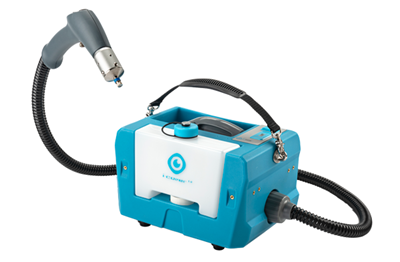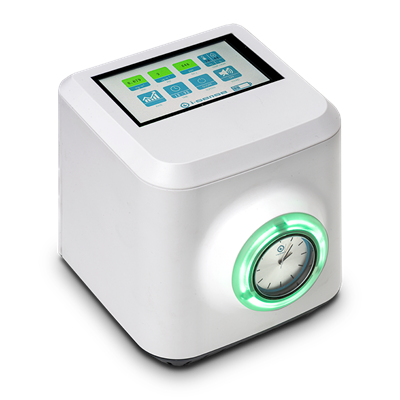Think about this when cleaning an open office
Nowadays it’s becoming more common for companies to embrace flexible working. This means shared desks and workers using shared spaces. These shared spaces have less barriers and more touchpoints, which means more possibilities for germs and bacteria to spread. All the more reason to pay extra attention to your cleaning routines.
Frequency of cleaning
Compared to a ‘standard’ office, working in open office spaces results in more direct contact between coworkers, increased traffic at entry points, bathrooms, and common areas like the office canteen and meeting rooms. Take a closer look at the floor plan of the building and determine the high traffic areas. Make sure to include these areas in more routine cleanings - at least daily, preferably more often for improved hygiene.
Be mindful of touchpoints
Once you’ve determined the high traffic areas, you can also start pinpointing the touchpoints: areas that are often touched by people as they go throughout their days (think of desks, phones, computer mouse, and more obvious: the toilet flush button). Make sure to not only clean, but also thoroughly disinfect these surfaces. Here’s a list of touchpoints to consider:
- Desks
- Phones
- Computer mouse
- Light switches
- Door handles
- Sides of doors
- Office supplies (such as the stapler)
- Touch screens
- Elevator buttons
- Cabinet handles
- Buttons on the tea/coffee machine
- Appliances (microwave, sink, electric kettle)
- Tables and countertops
- Bathroom door handles
- Bathroom fixtures (toilet roll holder, faucets, trash can)
- Trashcans
- Towel dispensers
- In conference rooms: whiteboard, pens, remotes
- Window handles
- Backrest and arm rests of office chairs
It’s recommended to clean touchpoints several times a day (for instance, with i-fibre and a professional disinfectant) and disinfect entire areas when nobody is around (for instance, with i-fogger or i-cover).

Improve hygiene with sanitizers and touch-free appliances
Germs and bacteria obviously have a smaller chance of spreading when they get killed or can’t attach themselves to a surface. That’s why it’s a good call to place (touch-free) hand sanitizers in every space and encourage employees to use them repeatedly throughout the day. Additionally, touch-free appliances such as touch-free trash bins, toilet flush buttons, and towel dispensers will increase the overall office hygiene. (And don’t forget that a clean desk policy makes it much easier to properly clean and disinfect the desks in your office)
The importance of clean air
A clean and healthy workspace results in more productivity, less illnesses, and a better corporate image. The indoor air quality has a big impact on all of this. It’s important to ensure good ventilation and a professional heating and cooling system. Additionally, it might be wise to consider professional equipment to help clean the air, such as the i-air high capacity air healer and the i-sense air quality meter.

Use the right people and equipment
Make sure your in-house cleaners know what they’re doing. They might be regularly dusting, vacuuming, and mopping, but are they really in the know when it comes to hygiene? If not, you could choose to have them trained by a professional cleaning company. Another important factor in office cleaning is using the right (professional) equipment and products For instance, did you know that a wet mop usually spreads dirt around rather than cleaning it? Just because you can’t see this dirt, doesn’t mean it isn’t there. Commercial products for cleaning are often loaded with harsh chemicals, so make sure to know what you’re buying (and cleaning with).
Interested in upgrading your cleaning routine?
If you’re curious what sort of cleaning equipment is out there, take a look at this product range or schedule a demo to discover the possibilities.

